- BY tictac
- POSTED IN Blog
- WITH 0 COMMENTS
- PERMALINK
- STANDARD POST TYPE
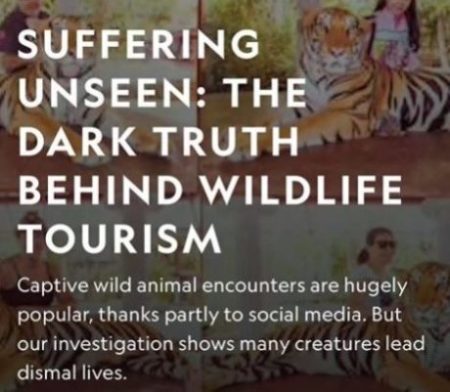

“The greatness of a nation and its moral progress can be judged by the way its animals are treated.
I hold that the more helpless a creature the more entitled it is to protection by man from the cruelty of humankind.”― Mahatma Gandhi
Wild animals are born to live free. Even in jungles where food is scarce and the climate is harsh, animals have survived through the ages. It is against the basic nature of wild animals to live in captivity even though they may receive adequate quantity of food and protection behind bars in cages.
For human entertainment, wild animals have been captured, caged and displayed in zoo’s and circuses. Some are even trained to perform before visitors.
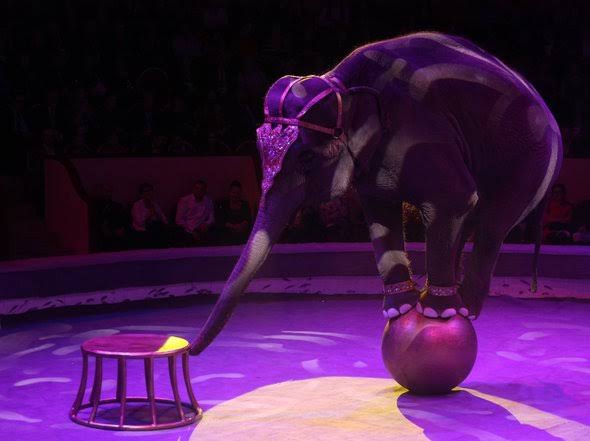
Young elephants often perform tricks; older ones give rides. Elephant rides are very popular with tourists. Elephants, highly intelligent mammals, are trained through fear with metal bullhooks to catch hoops, hold balloons, and balance on stools.
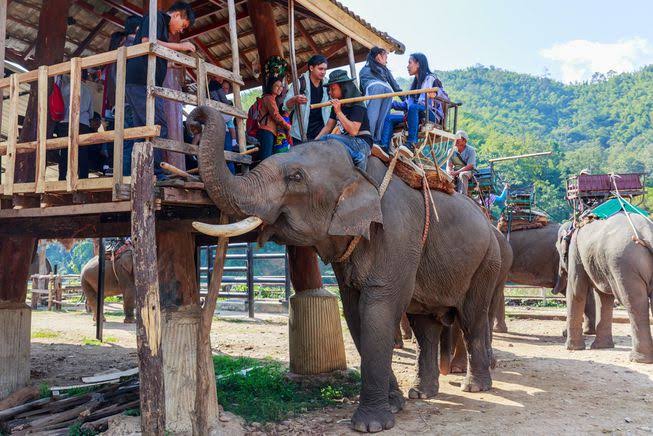
A macaque pauses during a performance. The monkeys are trained to ride a tricycle, shoot a basketball, twirl a parasol. After the shows, they’re returned to roughly three-by-three-foot metal cages.
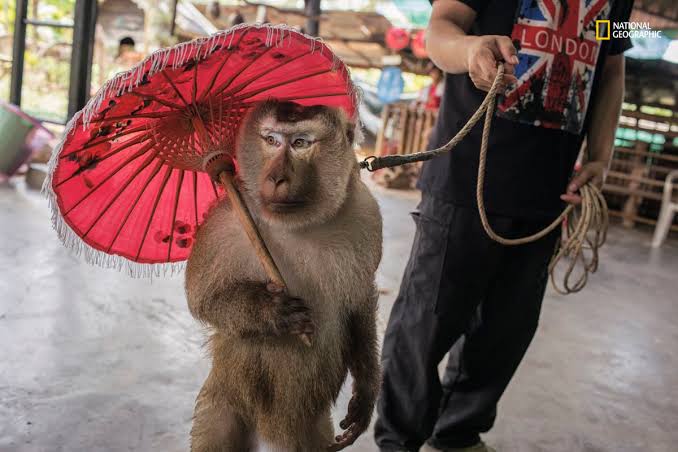
Some animals are trained to be friendly & docile to allow humans to cuddle them, who take selfies with them on a payment of small fee. Photos of tourists with captive wild animals abound on social media platforms such as Instagram. With the tap of a finger, travelers post their images of exotic animals for the world to see. But often travelers and fans alike are unaware of what the animals’ lives are really like.
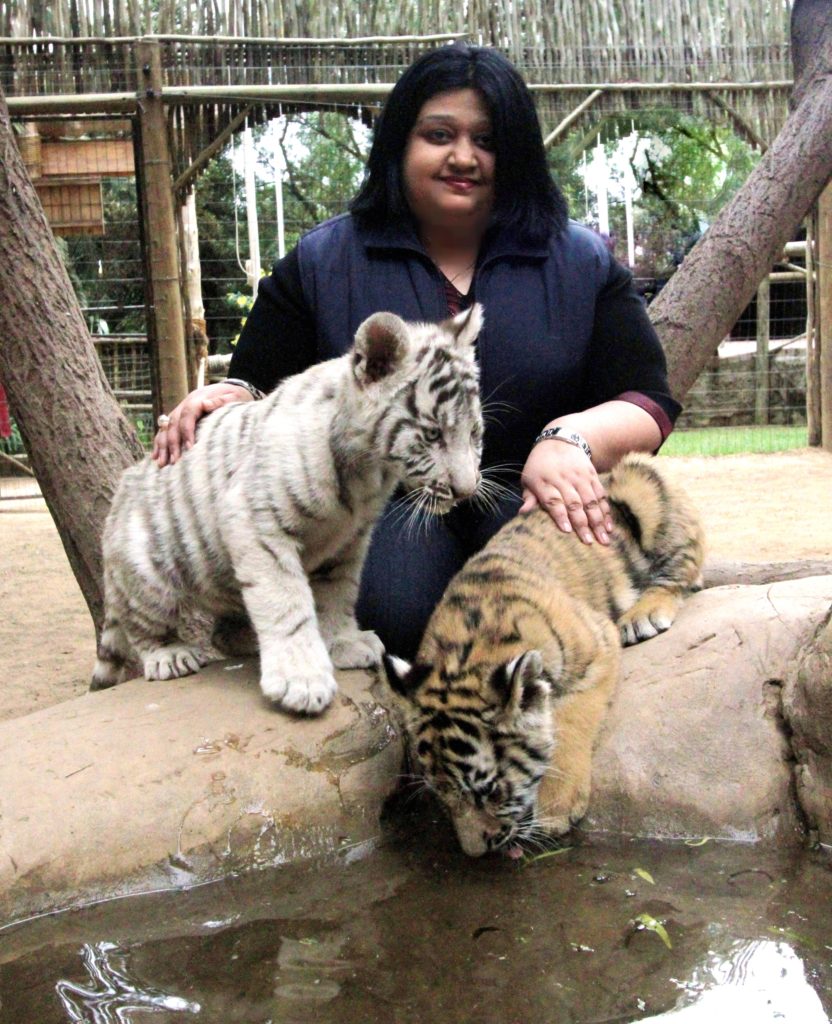
Such activities may be very exciting for the tourists and may also encourage tourism but it is very stressful for the wild animals. In many cases these animals are declawed or even drugged to avoid any accidental injury to the tourists. Wild animals are trained to be friendly with humans against their basic nature often by fear of punishment.
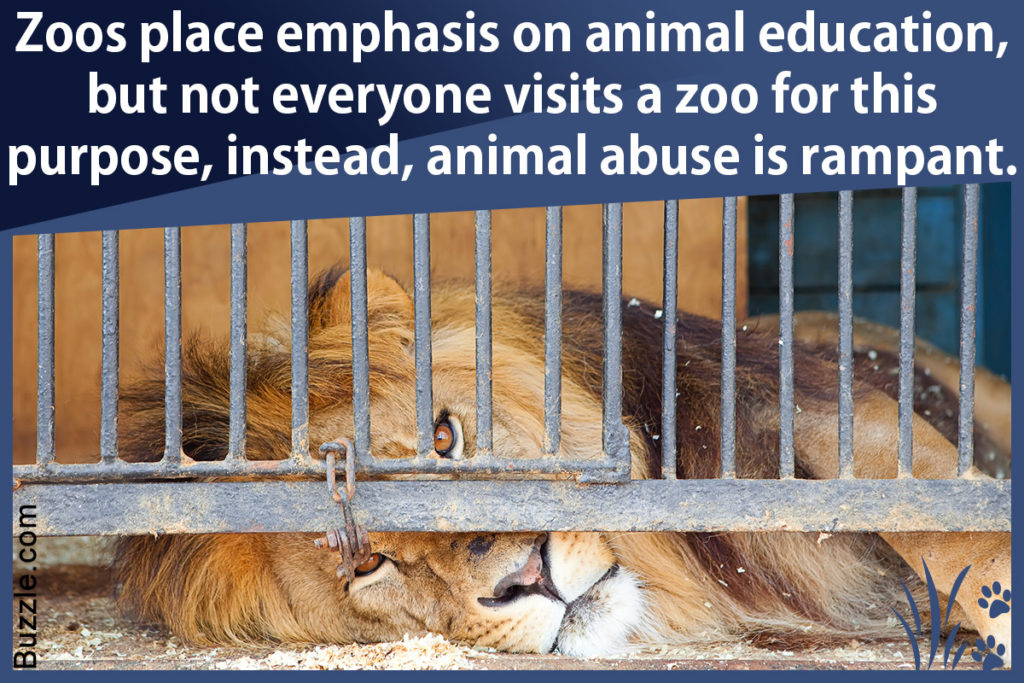
There are farms and resorts in abundance where wild animals such as elephants & bears are kept in captivity and made to perform before visitors. These animals are chained and confined in small enclosures for long duration and exposed to humans numerous times a day.

Gluay Hom, a four-year-old elephant trained to perform tricks for tourists, is chained to a pole in a stadium at Samut Prakan Crocodile Farm and Zoo near Bangkok, Thailand. His swollen right foreleg hangs limp. At his temple is a bloody wound from lying on the floor.
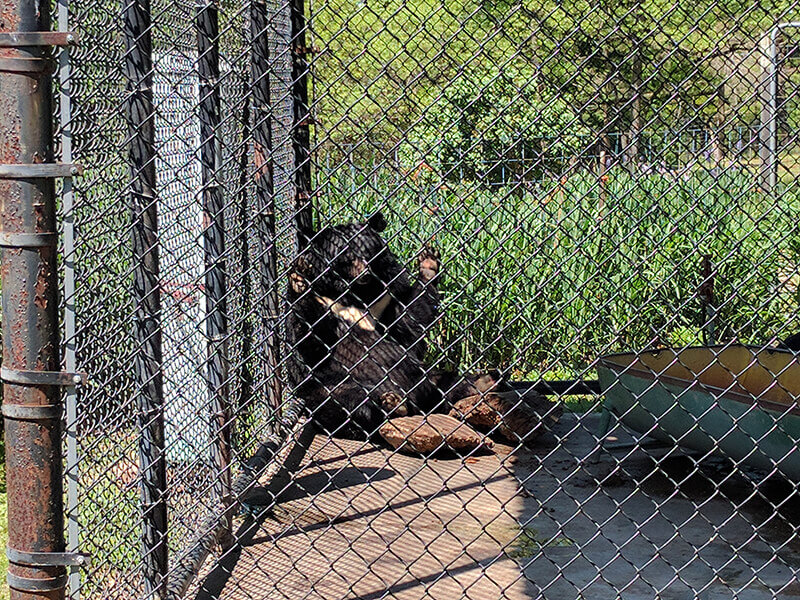
Many bears are deprived of proper veterinary care needed to treat illnesses and psychological problems that develop in captivity. PC-PETA

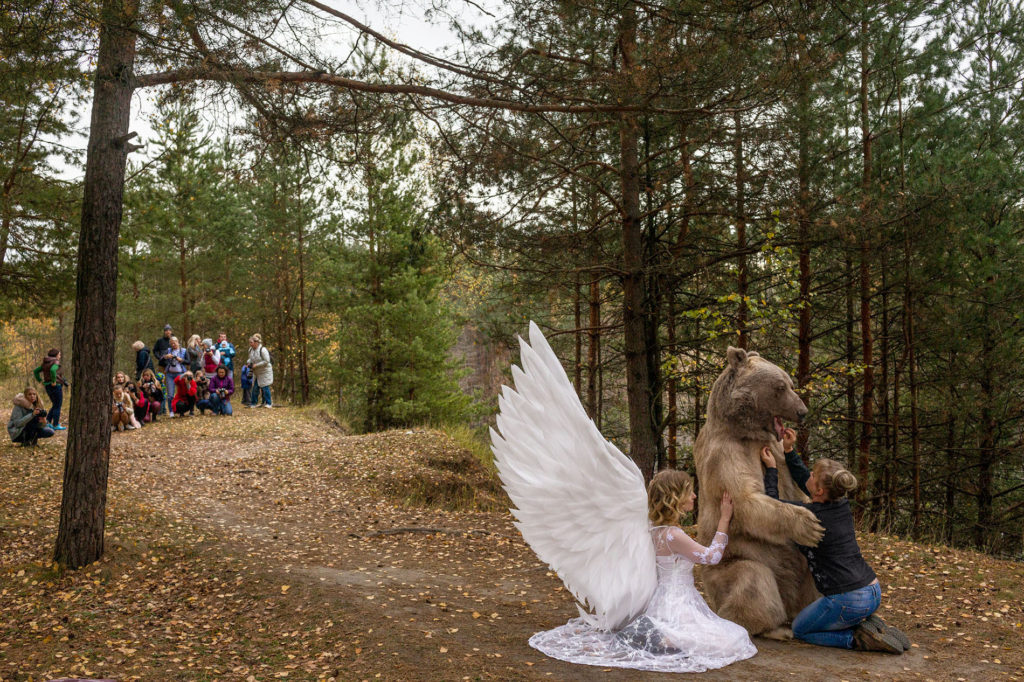
In a forest outside Moscow, Stepan, a 26-year-old brown bear and social media star, sits between an angel-wing-clad model and his owner. Moscow-based photographers pay $760 each to capture the scene for their Instagram feeds.
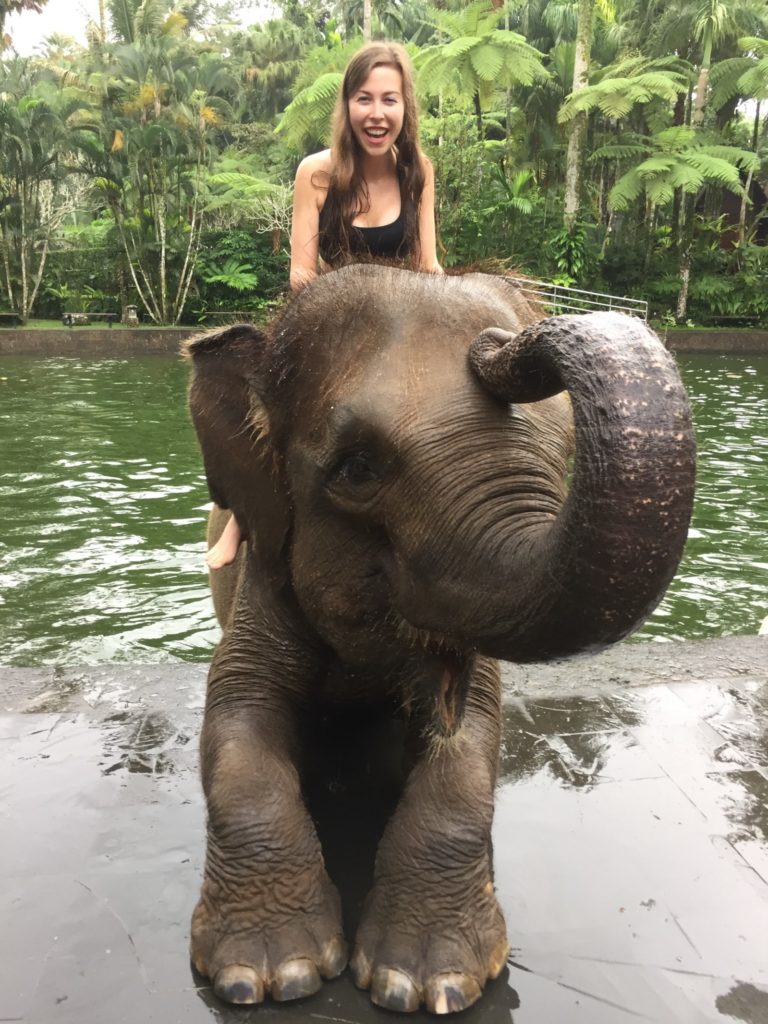
PC- Hayley Leibson
Visitors enjoy the elephant bath, & even children enjoy playing with them in water
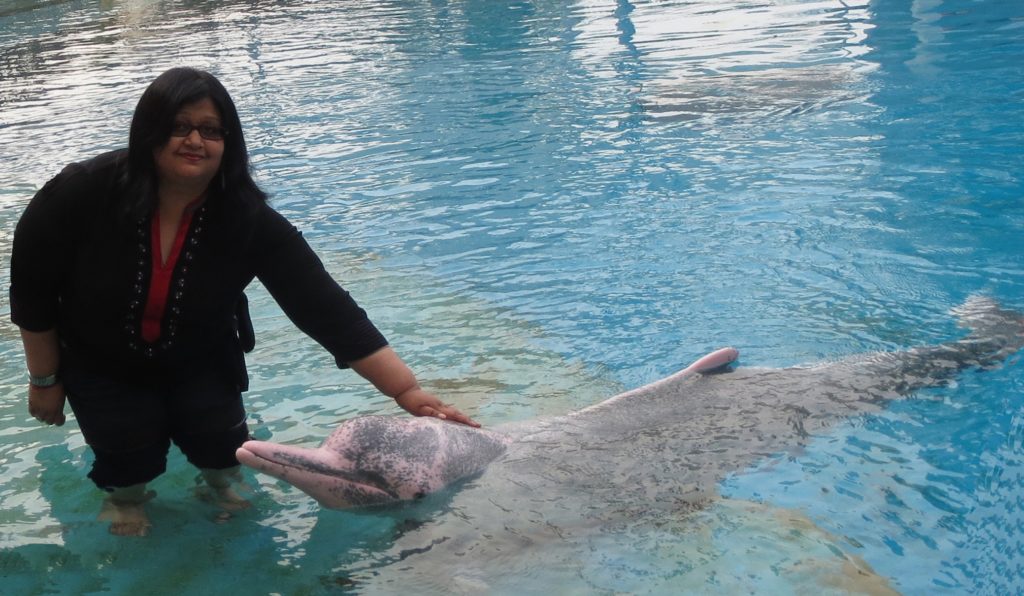
Swimming with dolphins, just because dolphins look like they’re smiling doesn’t mean that they’re happy to be stuck in tourist-infested tanks, away from their ocean homes, and forced to swim & interact with humans. Being confined to cramped tanks and harassed all day long can be extremely traumatic for dolphins, who are social and intelligent animals who naturally swim up to 60 miles a day with their families when they’re in their ocean homes. Many dolphins develop painful conditions, such as stomach ulcers, and most die prematurely from the stressful conditions of captivity.
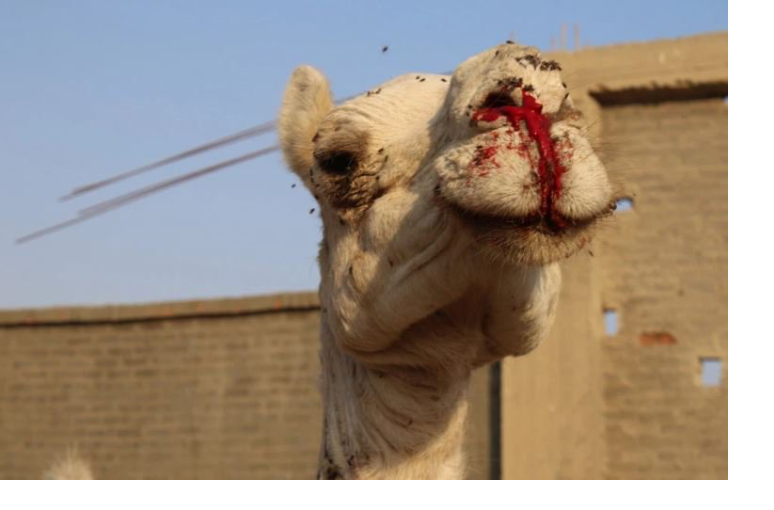
A camel with a bloodied face is pictured surrounded by flies at a camel market in Egypt. PC-PETA
Camel rides are a popular activity in many tourist destinations, with people often not considering the horrors the animals face behind the scenes. Camels are regularly beaten with sticks, forced to walk in the blistering heat with no food, and are hit in the testicles as punishment. Camels are also engaged in races all over Middle East.
Bull fights is a popular sport in Spain. In a typical bullfight, a bull is led into an arena, and men on horses, called picadors, drive lances into the bull’s back and neck muscles. The picadors then twist and turn the lances to ensure maximum blood loss, which impairs the bull’s ability to lift his head and defend himself. Next, men on foot stab the bull with brightly colored darts called banderillas and run him in circles. The matador comes in when the bull is already near death. After provoking a few exhausted charges from the dying animal, the matador attempts to kill the bull by severing his spinal cord. In a final barbaric act, the bull’s ears and tail may be cut off as “trophies.”
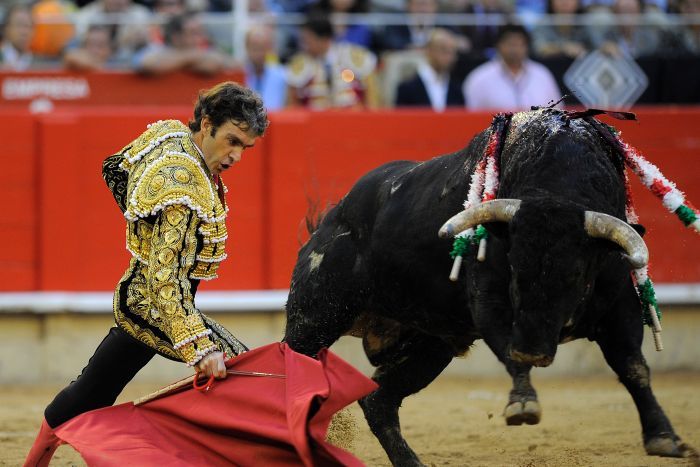
PC- lluis Gene
Wildlife activists are now becoming vocal to put an end to some of these cruel practices. Countries are enacting laws for the prevention of cruelty to animals.
Taking selfies with tigers or any other wildlife in India is now a crime and comes under the Wildlife Protection Act 1972, and such a crime may lead to imprisonment upto 3 to 7 yrs and a fine upto Rs 25,000/- However laws vary from Country to Country. In certain Countries like South Africa & Phuket, such activities are still permitted.
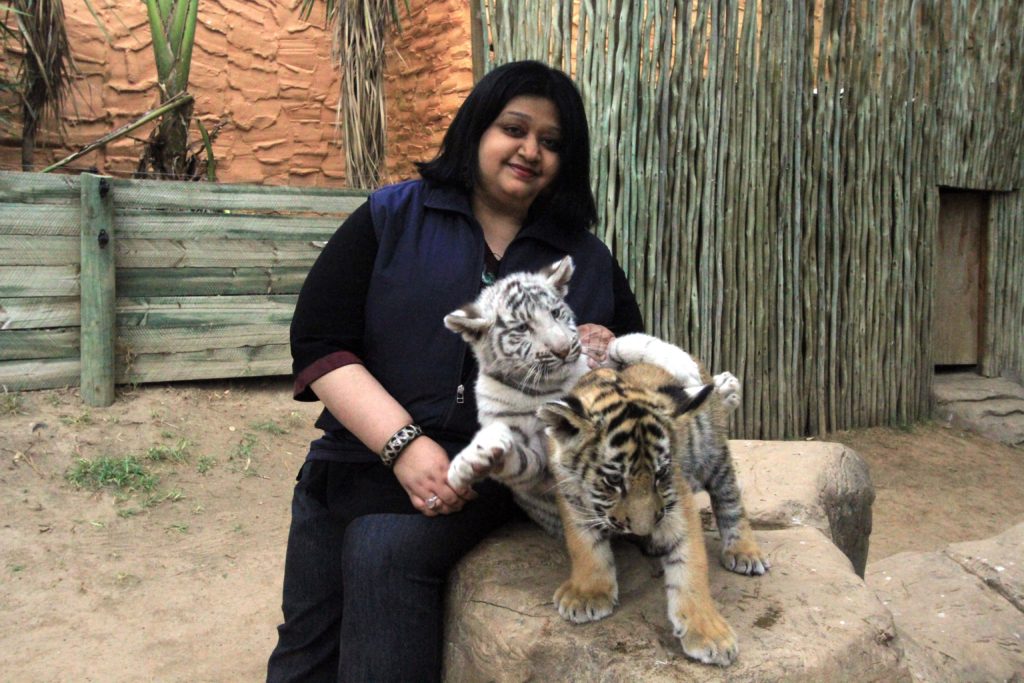
However there is another school of thought, which suggests that such activities promotes tourism and the revenue generated can be utilised for the better upkeep of the wild animals. Also such activities leave a lasting impression on especially the young minds, which develops into a love for the wildlife.

